Jack Eidt writes on the dangers of proposing mixed use development far from urban amenities and alternative transportation. The real estate industry in Orange County, California and beyond, has consistently violated engineering and planning wisdom by building in floodplains, paving over precious open space land and losing opportunities to preserve wildlife habitat and recreation opportunities amid the suburban sprawl at the edge of the wilderness. Hearing upcoming on Monday, June 10th.
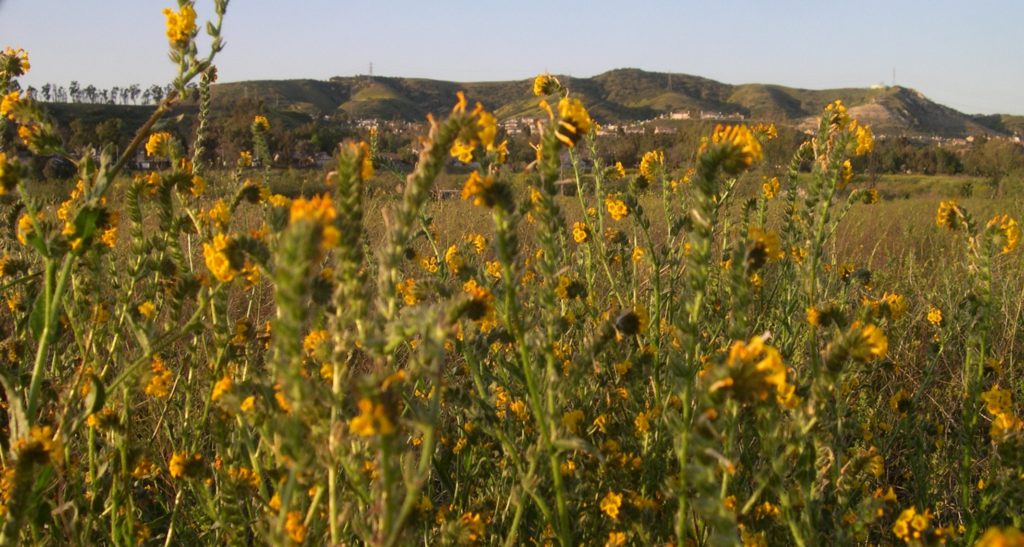

Rio Santiago Project Again Threatens Orange
By Jack Eidt, Published in the Voice of OC
It’s coming back like a springtime flu, the “Rio Santiago” mixed use, high density housing gambit proposed for rural East Orange. The uninspired and unoriginal plan would pave over a former sand and gravel facility, and an environmentally sensitive area of Santiago Creek, designated greenbelt and open space in the 1970s. Does one of the last rural enclaves in Orange County need 130 single-family homes and a mixture of 265 homes, condos and assisted-living beds for seniors? Where can these seniors walk to get a cup of coffee? Nowhere. Captive to the car. And for those who don’t drive, stare at daily traffic jams on Santiago Canyon Road. We can do better.
The Orange Planning Commission nixed the concept a few months back for environmental and procedural reasons that cannot be mitigated nor rectified. Yet, the developer makes a return to appeal their case to the City Council on Monday, June 10th, one more bite at the apple from Milan Capital Management and JMI Properties. Why? Something called capitalism at the expense of community and environment, with a measure of hubris.
The Sully-Miller property serves as a major wildlife corridor for large mammals, including bobcats, coyotes, and deer. It has the potential to be a neighborhood nature park with interconnected trails, various wildlife habitats, and a natural flowing creek. It supports the occurrence of the endangered least bell’s vireo (federally protected bird), pacific treefrog, the heron family, Nuttall’s woodpecker, northern flicker, California quail, roadrunner, red-tailed hawk, and many other wildlife species.
— Joel Robinson, Watershed Coordinator for the Santiago Creek Watershed Preservation and Restoration Project
STORY: Suburban Sprawl: Serpentine Sameness from the Skies
Community Planning for Dummies
First, the procedure, something called community planning, put in place to ensure the rights of present and future property owners, to adhere to municipal codes, architectural and environmental planning doctrines, as well as public health and welfare protection policies. 98 out of the 110-acre Sully-Miller sand and gravel facility have been designated open space by four different community plans, adopted by the City and County, between 1971 and 1976. This translates that the developer bought a parcel with 12 acres of single family designation, and therefore should get the right to build there to the stipulation of the R-1-8 zone.
Yet, this developer expects that the four approved plans should be shelved, as well as the existing General Plan and Zoning (designated primarily Resource Area and Open Space), to accommodate this proposal for high-density housing and a Wal-Mart-sized private sports club.
Development of high density housing is absolutely necessary for the sustainability of our growing populations, but urban planners today understand well the limits we face from traffic, air quality, loss of public parks, open space and wilderness habitat, as well as a heating climate. Seniors, and almost anyone else, want to live where they can walk somewhere, connect with their neighbors, with the option to use public transportation to see a show or get to work on time. Anaheim’s Platinum Triangle and Santa Ana’s downtown continue to expand housing opportunities on the promise of better access and the fostering of an urban ethic that brings diverse communities together with a lower impact on our dwindling resources.
Note to OC land speculators: senior housing is thriving in urban centers with public transportation, from Brooklyn to Atlanta to downtown LA, where no one needs to water the crocuses, they just stroll in the nearby park, have lunch along the boulevard, and do their shopping on the walk home.
JMI bulldozed extensive wildflower meadows, mature willows, mulefat scrub, and vernal pools to accommodate a temporary landfill and concrete recycling center. In addition, JMI closed a local farm and produce stand. The Ridgeline Country Club [another JMI Property], a valued community recreation center, was closed to be redeveloped as estates. — Joel Robinson
Sully-Miller: An Environmental Conundrum
Even the Environmental Impact Report for Rio Santiago, the document deemed by the Planning Commission as insufficient in adhering to the requirements of state law, listed eight significant and unavoidable impacts. Aesthetics, Air Quality, Hydrology and Water Quality, Transportation/Traffic and Cumulative Impacts of these issues cannot be fixed if the city allows the developer to move forward with the project.
Let’s face it, building in a flood plain, part of the Villa Park Dam inundation zone should the upstream facility fail, goes against conventional engineering wisdom. Operating a sand and gravel facility that adheres to health, safety, and environmental laws is not as profitable as it was 30 years ago.
Additionally, a former landfill occupies the site next door, prone to constant leakage of methane gas and liquefaction in the next earthquake, not an optimal neighbor to any form of permanent housing. Traffic on Santiago Canyon and Cannon is notoriously stacked morning and evening, so any additional visits to Grandma to that intersection will be slow-moving and carbon-monoxide-heavy from idling engines.
Moreover, what part of “rural neighborhood” do the Rio Santiago Partners not understand? The 1970s plans put into place a vision of Orange Park Acres as a transition buffer zone between the rural canyons to the east and the developed flats to the west. After 40 years of cookie-cutter sprawl decimating the surrounding hillsides, the endangered least bell’s vireo (federally protected bird) and arroyo toads, as well as the restless children of Orange and beyond, merit our consideration for room to roam.
What to Do, Rio Santiago Partners?
For you property rights aficionados, what we have here is a developer who failed to understand their rights. Plans are plans, until the community decides to change them.
Furthermore, mining laws require remediation and reclamation, with the integrity of Santiago Creek restored on their dime. Twelve acres of housing adjacent to a neighborhood grown accustomed to trees will not cover their investment, especially considering massive restoration required for the creek.
Yet the land could have significant value for investors as a neighborhood nature park, using a legal instrument like conservation easements. Milan Capital/JMI Properties could make them whole the way Donald Bren did for the Irvine Company, who handed over the Irvine Ranch’s undevelopable parcels to ultimately the County for significant tax breaks, and most everybody wins. Let some other entity restore the wild deer paths and protect the community from flooding and wildfire, to allow clean water to drain into the aquifer recharge area a half-mile away. And let’s not forget the unfulfilled dream of the Santiago Creek Greenway: inter-connected trails, recreation, relaxation, freedom.
Real estate development is a tough business. Sometimes you have to just walk away.

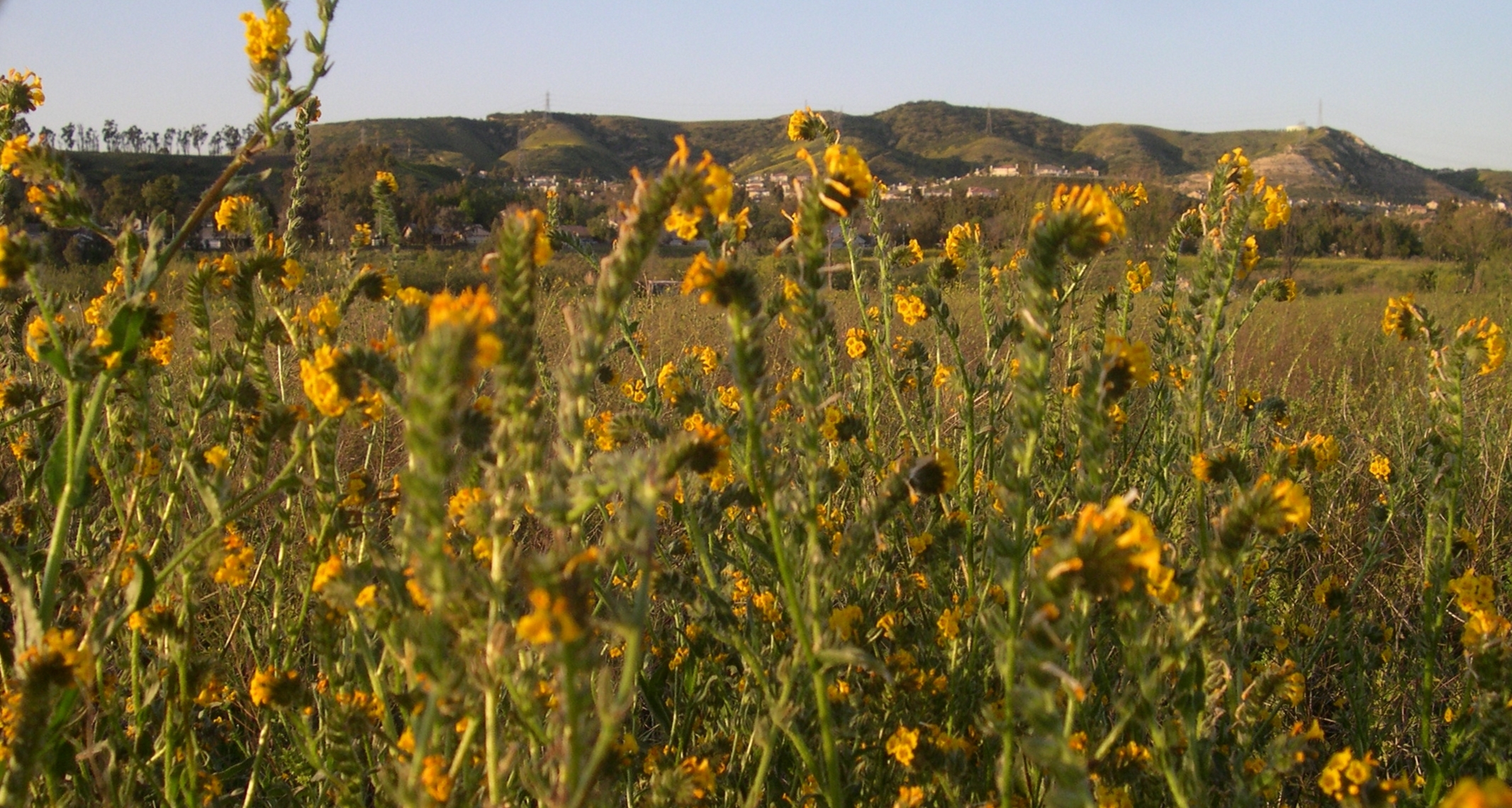



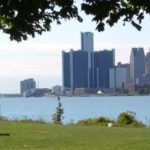
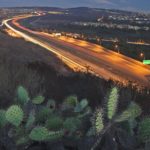
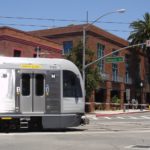






People please, please, please we need some green, some open space, some nature, some break from the paved-over urban sprawl. What you see now is, according to the Irvine Company, “totally built out” as in it’s permitted and will be more tract homes, strip malls and turf/sprinkler, PAVED development. Any crumb we can possibly retain we need to. You can’t UN-DO the development. We need some breathing room folks! Leave something for our grandchildren to destroy.